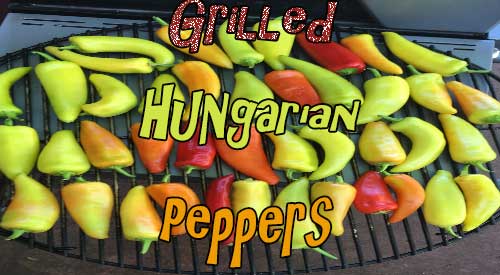 |
| CORNISH GAME HEN MEETS SMOKE IN THE ORION COOKER |
Often, when it comes to smoking poultry, many people become quite nervous as they may have had a previous experience that resulted in a dry outcome. Or, they may have read how difficult it is to maintain moisture when you smoke poultry. Today, I’m going to show you how to smoke Cornish game hens on the Orion Cooker.
Why does the Orion Cooker make a difference? Because this isn’t a traditional smoker. This is a convection cooker that you can smoke with.
Preparing the Orion Cooker
One difference with the Orion Cooker is it requires about 13lbs. of charcoal briquettes to produce enough heat to sustain cooking. I recommend you start the charcoal for the unit first, especially if using a chimney starter, which is my preferred method. I like to line the drip pan with foil to reduce the amount of clean up once the hens have cooked. There is no need to add water to the pan. I also add SmokinLicious® Minuto® Wood Chips in a blend of Sugar Maple and Wild Cherry to the area around the drip pan. These chips will smolder and give off great wood flavoring while the hens cook, producing a beautiful finished color and flavor.
Preparing the Hens
The preparation for our hens is very simple. First, as with any poultry item, you want to remove the giblets, wash off the hens, and pat dry. There is no need to truss these birds as the Orion Cooker will cook every part evenly. Once cleaned, it’s time to decide how you want to enhance the flavors of the hens; dry or wet rub, brine, etc. I like to put a dry rub on the birds first then drizzle with a bit of oil to make the skin crispy. Feel free to apply whatever rub ingredients give you the flavors you prefer. Mine contains brown sugar, pepper, red pepper flakes, coriander, cayenne, curry, cumin. Apply the rub generously and then drizzle with oil – mine is almond oil.
Once the hens are ready to go on the grill, I add a softened butter that’s been mixed with a couple of tablespoons of orange juice all over the skin. This will contribute flavor as well as aide in the crisping of the skin.
Cooking Perfection
With a dry rub, orange butter, and a little oil, these Cornish game hens cook using convection heat from the Orion Cooker. Great smoke flavor is added using Minuto® Wood Chips from SmokinLicious®. In just 75 minutes, you will have the most moist, flavorful, tender hens you could imagine. With a crispy skin and great bronzed color, you couldn’t ask for anything more. Remember, the Orion Cooker can hold comfortably about 8 hens so make it a party. We hope you enjoyed our blog CORNISH GAME HEN MEETS SMOKE IN THE ORION COOKER

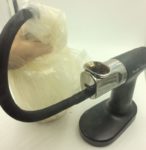






 Once
trimmed and scored, it’s time to prepare the gas grill. Light the
burners on one side of the grill and set to medium-high heat. We want to
maintain a cooking temperature of about 275°F. Leave the other half of
the burners off as that will be the cooking area for the ham. This
technique is the two-zone cooking set up. Place 2
Once
trimmed and scored, it’s time to prepare the gas grill. Light the
burners on one side of the grill and set to medium-high heat. We want to
maintain a cooking temperature of about 275°F. Leave the other half of
the burners off as that will be the cooking area for the ham. This
technique is the two-zone cooking set up. Place 2  After
removal from the foil, there is one final step before serving. The skin
requires just a bit of crisping which will be done on the hot side of
the grill. Place one side of the ham on the hot side of the grill
allowing the glaze sugars to caramelize for just a few minutes per side.
Do not do the flat side of the ham and do not allow the sugars to burn.
Once the three sides are done, remove to a cutting board and slice.
Serve the residual glaze on the side. Now you must try Smoked ham on the
gas grill!
After
removal from the foil, there is one final step before serving. The skin
requires just a bit of crisping which will be done on the hot side of
the grill. Place one side of the ham on the hot side of the grill
allowing the glaze sugars to caramelize for just a few minutes per side.
Do not do the flat side of the ham and do not allow the sugars to burn.
Once the three sides are done, remove to a cutting board and slice.
Serve the residual glaze on the side. Now you must try Smoked ham on the
gas grill!








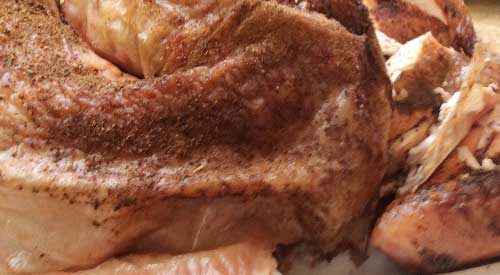

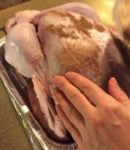

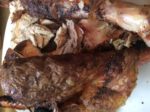
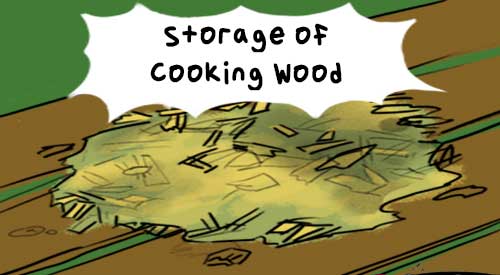




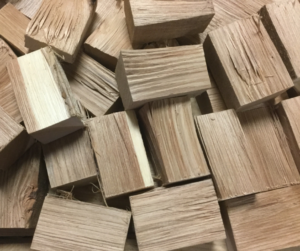

![setting up the wood chunks on the heat Diffuser to develop hot spots for Charrin [setting up the wood chunks on the heat Diffuser to develop hot spots for Charring]](https://smokinlicious.com/recipe/wp-content/uploads/2016/10/Cauliflower-diffuser.jpeg)
![Fresh heads added to the grill, note the wood has not ignited yet to develop a hot spot [ Fresh heads added to the grill, note the wood has not ignited yet to develop a hot spot]](https://smokinlicious.com/recipe/wp-content/uploads/2016/10/Cauliflower-showing-the-wood.jpeg)
![Now I have hot spots, and look a the char we are putting on the cauliflower. The green is the Parsley I add at the end of the process [Now I have hot spots and look a the char we are putting on the wood fired cauliflower. The green is the Parsley I add at the end of the process]](https://smokinlicious.com/recipe/wp-content/uploads/2016/10/Cauliflower-blog-up-close-finished.jpg)





